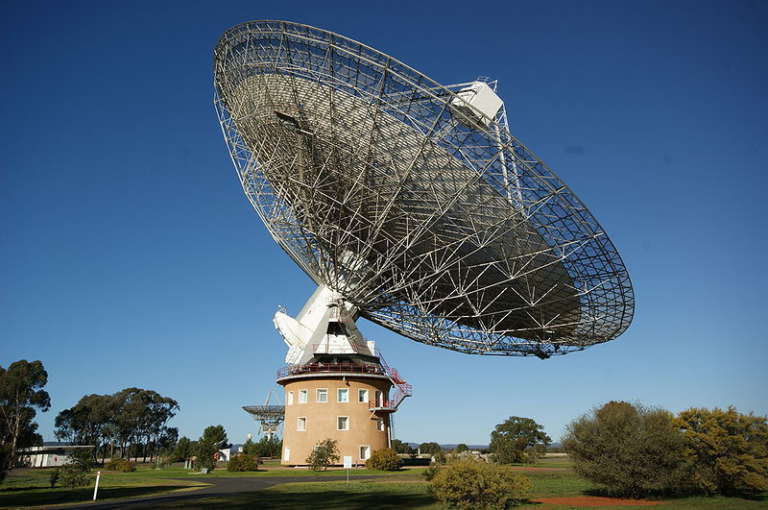Scientists studying archival data collected by the Parkes radio telescope in Australia say they have found a radio signal that came from the direction of Proxima Centauri, the closest star to Earth. Proxima Centauri has at least one planet that may be habitable to life as we know it. There is a slim chance that the signal came from extraterrestrial beings, though other explanations are far more likely.
Extraordinary claims require extraordinary evidence, and no one—including the astronomers analyzing the data—are claiming they’ve found aliens. A paper analyzing the findings is not expected to be published until early 2021, so there’s a lot we don’t know. But as is often the case with exciting science results, the news leaked early: The Guardian broke the story on 18 December, the scientists involved spoke publicly to Scientific American, and experts at the SETI Institute have reacted.
Finding life beyond Earth is one of The Planetary Society’s core interests, so we are following the story and have provided this guide to help you interpret the news. Regardless of the outcome, findings like these are important steps of the scientific process. We encourage caution and skepticism, while noting it’s natural to feel excited as you consider the existence of life on other worlds and ponder your place in space.

The signal
The signal was found by Breakthrough Listen, a privately funded effort to search for signals from intelligent beings.
Breakthrough Listen scientists recorded the signal while monitoring Proxima Centauri for flares to understand how they might affect conditions on the star’s planets.
The radio signal appeared in multiple observations of Proxima Centauri taken by Parkes in April and May 2020. The signal wasn’t noticed until later.
Proxima Centauri
Proxima Centauri is the closest star to Earth, located 4.2 light-years away. It is part of the three-star Alpha Centauri system and only visible from Earth through telescopes in the southern hemisphere.
Proxima Centauri has two known exoplanets: Proxima Centauri b and c (in exoplanet nomenclature, the star itself is a).
Proxima Centauri b is just slightly bigger than Earth and lies in the star’s habitable zone, the not-too-hot, not-too-cold region where liquid water could exist on a planet’s surface.
Proxima Centauri b is tidally locked, with one side always baked by its star and the other plunged into perpetual darkness. The world occupies a tight, 11-day orbit where radiation from Proxima Centauri could bombard the surface and strip the planet’s atmosphere. This makes it an unlikely place for life as we know it to evolve.
- Proxima Centauri c lies father away from its host star, making it too cold to support life as we know it.

Why the signal could be aliens
The signal frequency, 982 megahertz, is not typically used by spacecraft.
The signal reappeared after the telescope looked at another part of the sky and then turned back to Proxima Centauri as part of a calibration procedure to check for interference from local sources, such as microwave ovens.
There is no known natural astronomical phenomenon that would generate such a tight-band radio signal at 982 megahertz.
Why the signal might not be aliens
The signal analysis is still underway. Final published findings will have to be scrutinized by other scientists.
The signal shifted slightly in frequency, which would be consistent with a transmitter on a planet orbiting Proxima Centauri. However, the shift was apparently in the wrong direction.
If only Parkes saw the signal, and only during last year’s observations, then it will be difficult if not impossible to verify the signal truly came from Proxima Centauri.
Something behind Proxima Centauri could have caused the signal. Just because we don’t know of any natural phenomena that could cause the signal doesn’t mean they don’t exist.
.jpeg)
Comments
Post a Comment
Do Not Add HTML links to your comment. Otherwise, your comment won't be approved.